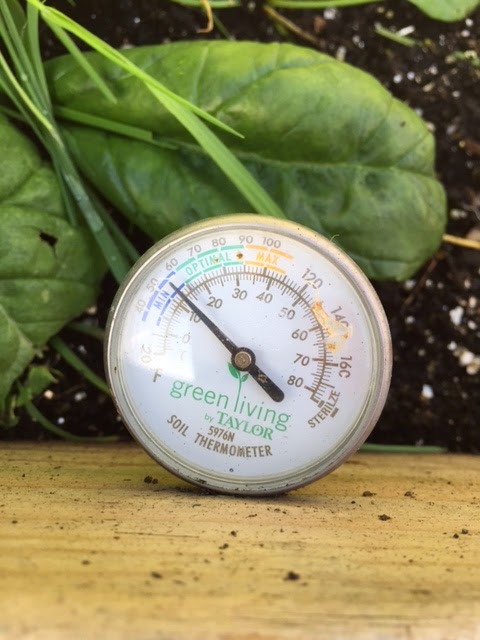As I’ve written about in previous years, preparing for winter on a farm takes a lot of planning. All drinking water is now in heated buckets. Wall mounted heating panels in the coops keep the birds from freezing at night. Perennial beds are covered with salt marsh hay to insulate them from the ice and snow to come.
All fruits and vegetables are picked and the hoop house has been reduced to those greens which germinate and thrive at lower temperatures. Although it’s 20F outside, the soil temperature of the hoop house is still nearly 60F. Lettuces, mache, spinach, carrots, chard, kale, broccoli, brussels’ sprouts, radishes, turnips and beets all tolerate the early winter. Here’s a view of the fresh vegetables still thriving while the weather outside is frightful. We’ll have plenty of fresh foods for Thanksgiving.
We have placed temperature sensors in our outbuildings and growing areas for real time telemetry monitoring during the winter. The chicken coop and duck house stay about 10F warmer than outside temps. The hoop house gets up to 80F on a sunny day.
Now that the farm is prepared for winter, the nature of the work changes. There is some vegetable harvesting in the hoop house left to do, but the bulk of my work in the upcoming weekend is keeping the flora, fauna, and family warm. I've split 10 cords of wood and stacked it in our wood processing area, organized by species - cedar, oak, maple, black birch, ash, and hickory
After a summer of 16 hour days, we're looking forward to the hibernation which is winter in New England. We'll catch up on conversation, indoor tasks, and emotional recovery after the recent death of my father in law.









No comments:
Post a Comment